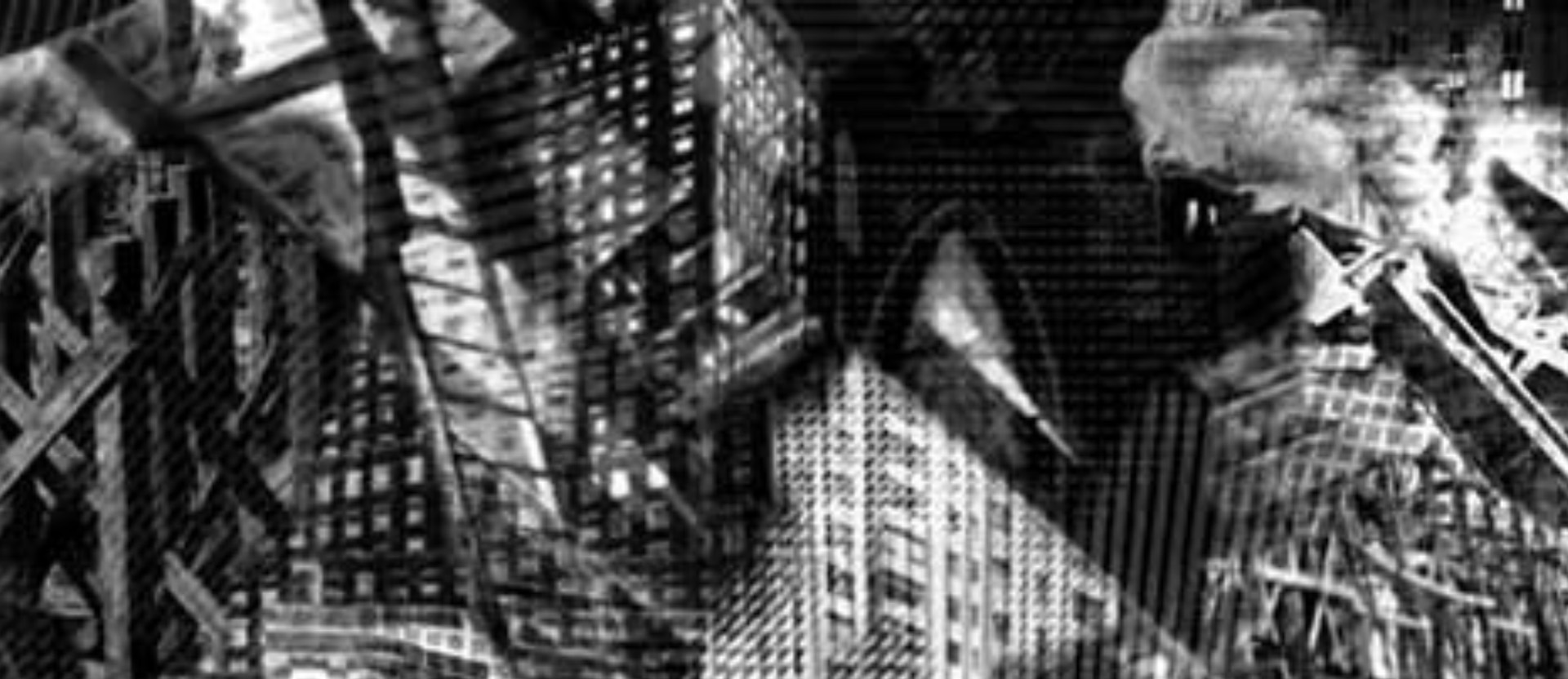“Lifeline” by Annette Weintraub
Title:
- Lifeline
Artist(s) and People Involved:
- Annette Weintraub
-
- City University of New York
Exhibiting Artist(s):
Symposium:
Creation Year:
- 1992
Artist Statement:
My work is about the visual language of architecture I use this language to represent a world of fragments — remnants marked by traces of urban history in disintegration and regeneration. I am using imagery which evolves out of basic architectural structures and ornamentation. This vocabulary of forms began as a means of exploring pictorial structure but it has taken on other meanings for me. Architectural imagery, with its resonances and associations, has become a means of creating a continuum between the past and present; this work has become a reflection on change, creation and destruction.
In this series Disintegration/Reconstruction, I am working with an image of the dissolving city. The disintegrating and evanescent forms in these images are layered and stratified. I wanted this composite imagery to create a continuity between disparate forms and to reflect the discontinuity, rupture and devastation of the urban environment. Through these common elements of the architectural and ornamental vocabulary, are interwoven contrasts of embellishment and abandonment, connection and dislocation, beauty and ugliness, past and present. identity and anonymity.
This work incorporates photographic fragments of historical and contemporary structures as well as core elements of architectural language. I use altered photo fragments in which architectural conventions (such as window, column, arcade, frieze, vault, facade, and figurative ornament) are dematerialised, combined and layered. I also include vernacular artefacts of urban environments in the form of signage and fragments of type. Superimposed over this collage of fragments are transparent linear pattern elements which imply the grid of the city, architectural plans, and cloth patterns-the ‘fabric of the city’.
The composites are accomplished through use of a computer; the photo fragments are digitised, then altered, manipulated and repainted. Software enables me to selectively pick up parts of a photo graphic image, to dissolve, process or manipulate that image, changing brightness, contrast, resolution and sharpness. I repaint these fragments, changing their focus, detail, edge and texture, and incorporate pattern elements which are transparently floated over the architectural elements.
I have chosen to work in a pixelated, low resolution mode, instead of using the capacity of the software to create photo-realistic images. The broken and fragmented quality of the images is consistent with my content and I like the contrast between the broken quality of the image seen close up and its more photographic reading at a distance. Additionally, the pixel/grid element represents a tie between my art in traditional media and the signature imprint of the computer.
The images in this series were output as tiled and laminated laser prints (79.7 x 119.4 cm and 73.7 x 97.8 cm). The grid of tiled pages which are laminated onto a single sheet also reintroduces an element of the patterning grid and repetition of the urban environment. Alternatively, some of the images in this series have been output as one colour photo-lithographs (29.2 x 36.8 cm).
Category:
All Works by the Artist(s) in This Archive:
- Annette Weintraub
- More Art Events from Annette Weintraub in this archive:
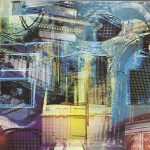
Night Light: the Remanufectured Env...
[ ISEA94]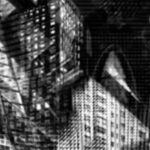
Lifeline
[ TISEA]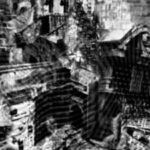
Sic Transit
[ TISEA]
Edification
[ TISEA]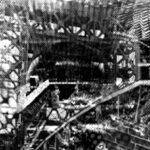
Excaved
[ TISEA]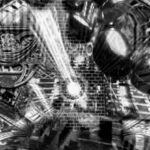
Scaffold/Strata
[ TISEA]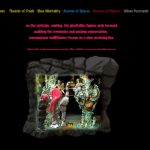
Pedestrian: Walking as Meditation a...
[ ISEA97]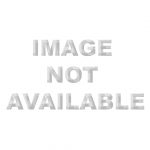
Crossroads
[ ISEA2000]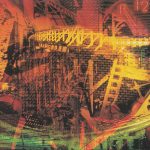
Spiral Nebulae
[ FISEA'93]

